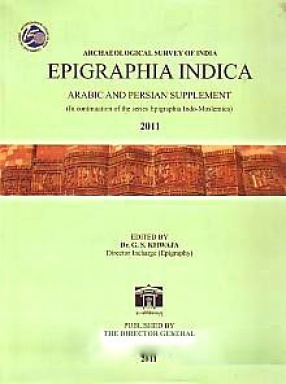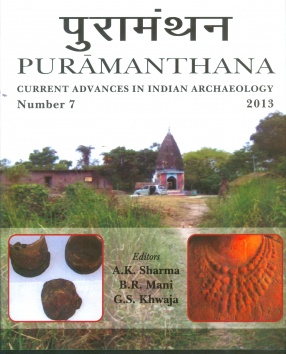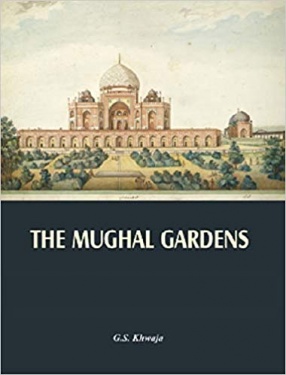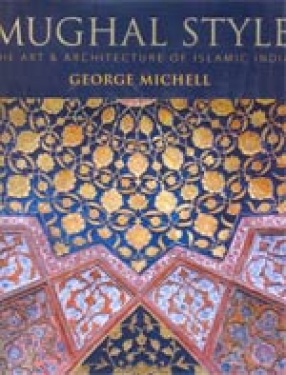The Mughal Garden
The most attractive thing about the Monuments of Mughal period, in addition to their architecture comprising minarets, domes and arches, is their setting in a lush green garden and existence of a natural or man-made water body in its proximity.
Emperor Babur, the founder of the dynasty is much descriptive in his memoirs about the weather, flora and fauna of his country along with word sketches of the country side, food, language and culture. He missed, whenever noted the land and the people in this strange country-India, the greenery and varieties of flower-plants grown in and around Farghana, Samarqand and Bukhara.
It all started in 1628 A.D. with the laying out of Aaram Bagh at Agra, where Emperor Babur was temporarily buried and later on taken to be laid at rest in Bagh-i Babur ( in Kabul, Afghanistan). His successors kept the tradition alive and when built edifices they tried to re-create the ambience of their native land, here in India. As a result we got world’s most beautiful gardens.
This book is a document on the history and aesthetic description of the famous gardens of Mughal India. The different chapters in it will give readers, specially students of Mughal architecture, an insight for the strategy and planning of a garden and garden tombs of kings, queens, princes/princesses and nobility. The readers will know how the Chahar Bagh could enhance the charm of a monument, despite being a funerary edifice in character.
Get it now and save 10%
BECOME A MEMBER
-

Islamic Architecture of Delhi
-

Epigraphia Indica. Arabic and Persian Supplement (In Continuation of the Series Epigraphia Indo-Moslemica)
-

Puramanthana: Puramanthana Current Advances in Indian Archaeology, Number 7, 2013
-

Encyclopaedia of Islamic Architecture, Volume I: Central Asia (c.621 - 1629 A.D.)







Bibliographic information